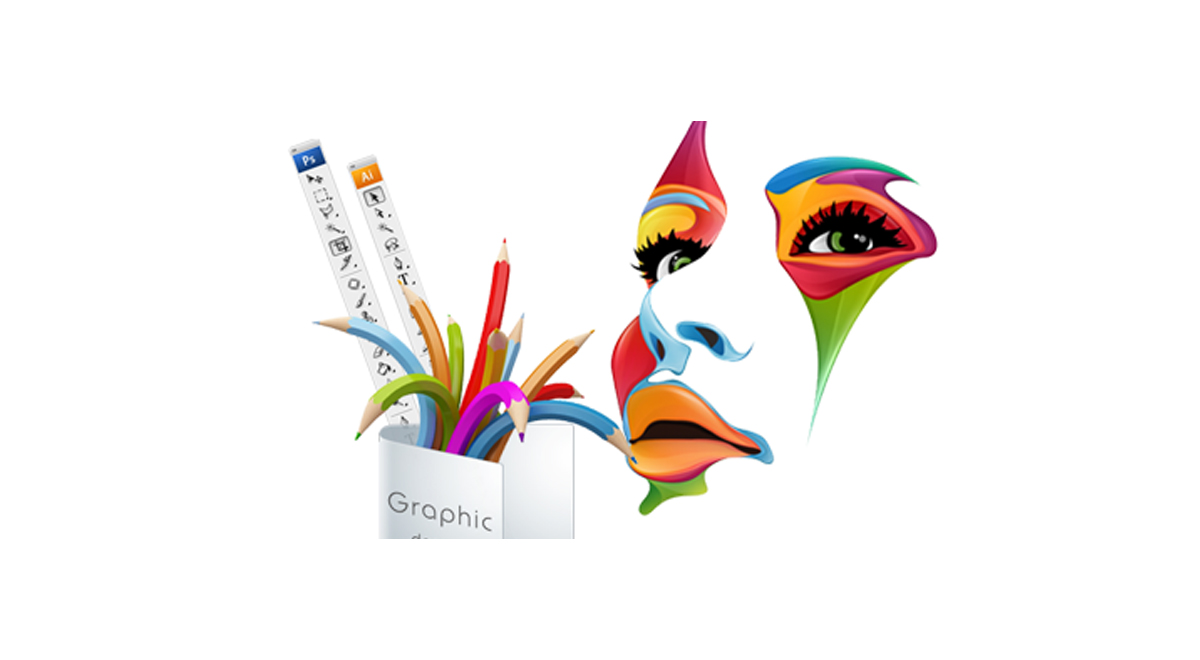CSS Height and Width
Example
Setting height and width
The height and width properties are utilized to set the height and width of a component.
The height and width can be set to auto (this is default. Implies that the program computes the height and width), or be indicated long qualities, similar to px, cm, and so on., or in percent (%) of the containing square.
Example
height: 200px;
width: 50%;
background-color: powderblue;}
Example
height: 100px;
width: 500px;
background-color: powderblue;}









